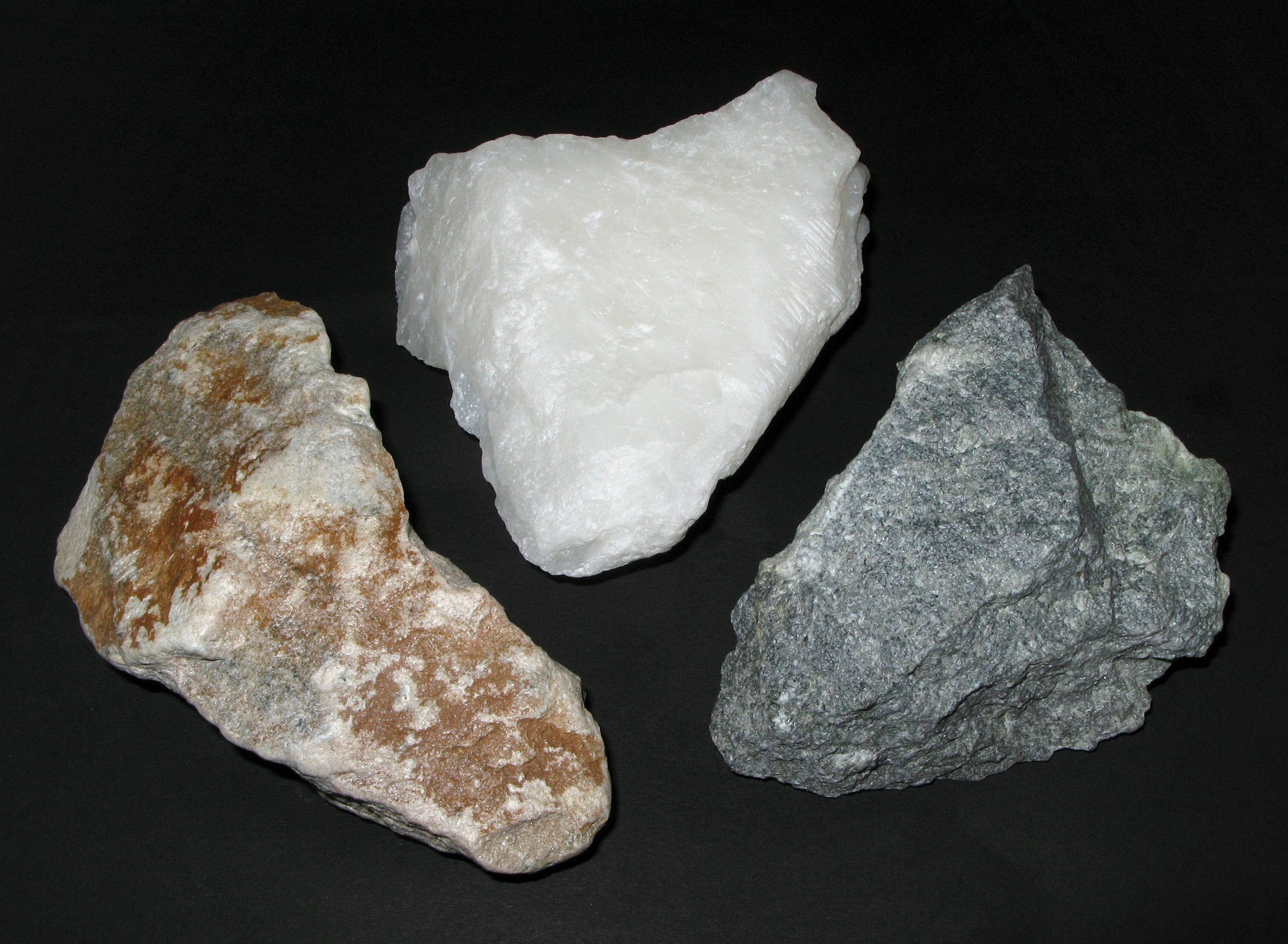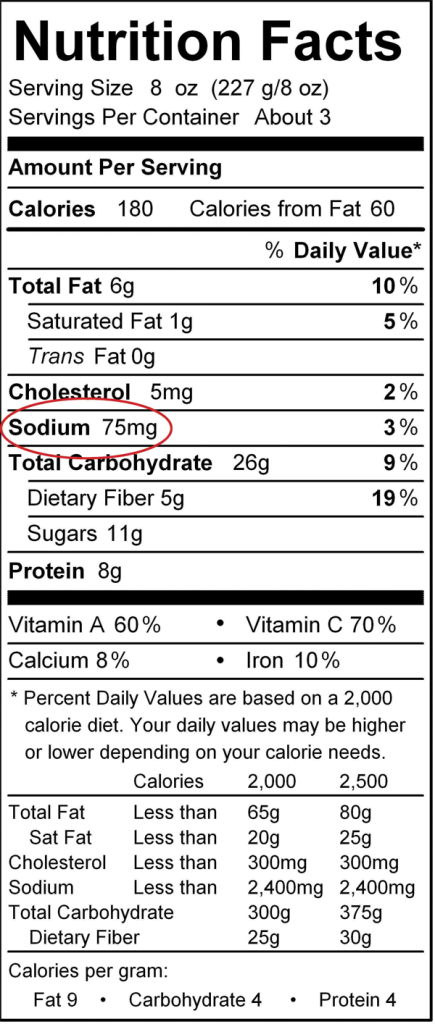6.4 Naming Compounds Containing Polyatomic Ions
Learning Objectives
By the end of this section, you will be able to:
- Generate a proper name for an ionic compound containing polyatomic ions
Indigenous Perspective: Soapstone

Explore two ionic compounds used by Inuit. These include stone such as soapstone (also known as talc carbonate – Figure 6.4a) and composite materials such as bone which contains 70% hydroxyapatite, Ca5(PO4)3 (OH).The information can be found within the article Making Chemistry Relevant to Indigenous People [New Tab] from the University of Waterloo.
Source: Rayner-Canham, G., Taylor, R., & Lee, Y.R. (2016, February). Making chemistry relevant to Indigenous peoples. Chem 13 News Magazine. https://uwaterloo.ca/chem13-news-magazine/february-2016/feature/making-chemistry-relevant-indigenous-peoples
Naming Compounds with Polyatomic ions
There also exists a group of ions that contain more than one atom. These are called polyatomic ions. Table 6.4a lists the formulas, charges, and names of some common polyatomic ions. Only one of them, the ammonium ion, is a cation; the rest are anions. Most of them also contain oxygen atoms, so sometimes they are referred to as oxyanions. Some of them, such as nitrate and nitrite, and sulfate and sulfite, have very similar formulas and names, so care must be taken to get the formulas and names correct. Note that the -ite polyatomic ion has one less oxygen atom in its formula than the -ate ion but with the same ionic charge. For an accessible version of Table 6.4a, refer to Appendix E.
| Symbol | Name | Symbol | Name | Symbol | Name |
|---|---|---|---|---|---|
| CrO42- | Chromate | BO33- | Borate | SO42- | Sulfate |
| CrO72- | Dichromate | AsO43- | Arsenate | SO32- | Sulfite |
| CN– | Cyanide | BrO– | Hypobromite | HSO4– | Hydrogen sulfate (bisulfate) |
| SCN– | Thiocyanide | BrO3– | Bromate | HSO3– | Hydrogen sulfite (bisulfite) |
| NO3– | Nitrate | CIO– | Hypochlorite | PO43- | Phosphate |
| NO2– | Nitrite | CIO2– | Chlorite | PO33- | Phosphite |
| MnO4– | Permanganate | CIO3– | Chlorate | HPO42- | Hydrogen phosphate |
| OH– | Hydroxide | CIO4– | Perchlorate | H2PO42- | Dihydrogen phosphate |
| O22- | Peroxide | IO4– | Periodate | CO32- | Carbonate |
| NH2– | Amide | IO3– | Iodate | HCO3– | Hydrogen carbonate |
| C2H3O2– | Acetate | IO– | Hypoiodite | HC2O4– | Hydrogen oxalate |
| C2O42- | Oxalate | NH4+ | Ammonium |
The naming of ionic compounds that contain polyatomic ions follows the same rules as the naming for other ionic compounds: simply combine the name of the cation and the name of the anion. Do not use numerical prefixes in the name if there is more than one polyatomic ion; the only exception to this is if the name of the ion itself contains a numerical prefix, such as dichromate or triiodide.
Writing the formulas of ionic compounds has one important difference. If more than one polyatomic ion is needed to balance the overall charge in the formula, enclose the formula of the polyatomic ion in parentheses and write the proper numerical subscript to the right and outside the parentheses. Thus, the formula between calcium ions, Ca2+, and nitrate ions, NO3−, is properly written Ca(NO3)2, not CaNO32 or CaN2O6. Use parentheses where required. The name of this ionic compound is simply calcium nitrate.
Example 6.4a
Problems
Write the proper formula and give the proper name for each ionic compound formed between the two listed ions.
- NH4+ and S2−
- Al3+ and PO43−
- Fe2+ and PO43−
Solutions
- Because the ammonium ion has a 1+ charge and the sulfide ion has a 2− charge, we need two ammonium ions to balance the charge on a single sulfide ion. Enclosing the formula for the ammonium ion in parentheses, we have (NH4)2S. The compound’s name is ammonium sulfide.
- Because the ions have the same magnitude of charge, we need only one of each to balance the charges. The formula is AlPO4, and the name of the compound is aluminum phosphate.
- Neither charge is an exact multiple of the other, so we have to go to the least common multiple of 6. To get 6+, we need three iron(II) ions, and to get 6−, we need two phosphate ions. The proper formula is Fe3(PO4)2, and the compound’s name is iron(II) phosphate.
Exercise 6.4a
Write the proper formula and give the proper name for each ionic compound formed between the two listed ions.
- NH4+ and PO43−
- Co3+ and NO2−
Check Your Answer[1]
Food and Drink App: Sodium in Your Food
The element sodium, at least in its ionic form as Na+, is a necessary nutrient for humans to live. In fact, the human body is approximately 0.15% sodium, with the average person having one-twentieth to one-tenth of a kilogram in their body at any given time, mostly in fluids outside cells and in other bodily fluids.
Sodium is also present in our diet. The common table salt we use on our foods is an ionic sodium compound. Many processed foods also contain significant amounts of sodium added to them as a variety of ionic compounds. Why are sodium compounds used so much? Usually sodium compounds are inexpensive, but, more importantly, most ionic sodium compounds dissolve easily. This allows processed food manufacturers to add sodium-containing substances to food mixtures and know that the compound will dissolve and distribute evenly throughout the food. Simple ionic compounds such as sodium nitrite (NaNO2) are added to cured meats, such as bacon and deli-style meats, while a compound called sodium benzoate is added to many packaged foods as a preservative. Table 6.4b is a partial list of some sodium additives used in food. Some of them you may recognize after reading this chapter. Others you may not recognize, but they are all ionic sodium compounds with some negatively charged ion also present.
| Sodium Compound | Use in Food |
|---|---|
| Sodium acetate | preservative, acidity regulator |
| Sodium adipate | food acid |
| Sodium alginate | thickener, vegetable gum, stabilizer, gelling agent, emulsifier |
| Sodium aluminum phosphate | acidity regulator, emulsifier |
| Sodium aluminosilicate | anticaking agent |
| Sodium ascorbate | antioxidant |
| Sodium benzoate | preservative |
| Sodium bicarbonate | mineral salt |
| Sodium bisulfite | preservative, antioxidant |
| Sodium carbonate | mineral salt |
| Sodium carboxymethylcellulose | emulsifier |
| Sodium citrates | food acid |
| Sodium dehydroacetate | preservative |
| Sodium erythorbate | antioxidant |
| Sodium erythorbin | antioxidant |
| Sodium ethyl para-hydroxybenzoate | preservative |
| Sodium ferrocyanide | anticaking agent |
| Sodium formate | preservative |
| Sodium fumarate | food acid |
| Sodium gluconate | stabilizer |
| Sodium hydrogen acetate | preservative, acidity regulator |
| Sodium hydroxide | mineral salt |
| Sodium lactate | food acid |
| Sodium malate | food acid |
| Sodium metabisulfite | preservative, antioxidant, bleaching agent |
| Sodium methyl para-hydroxybenzoate | preservative |
| Sodium nitrate | preservative, color fixative |
| Sodium nitrite | preservative, color fixative |
| Sodium orthophenyl phenol | preservative |
| Sodium propionate | preservative |
| Sodium propyl para-hydroxybenzoate | preservative |
| Sodium sorbate | preservative |
| Sodium stearoyl lactylate | emulsifier |
| Sodium succinates | acidity regulator, flavour enhancer |
| Sodium salts of fatty acids | emulsifier, stabilizer, anticaking agent |
| Sodium sulfite | mineral salt, preservative, antioxidant |
| Sodium sulfite | preservative, antioxidant |
| Sodium tartrate | food acid |
| Sodium tetraborate | preservative |
The use of so many sodium compounds in prepared and processed foods has alarmed some physicians and nutritionists. They argue that the average person consumes too much sodium from their diet. The average person needs only about 500 mg of sodium every day; most people consume more than this—up to 10 times as much. Some studies have implicated increased sodium intake with high blood pressure; newer studies suggest that the link is questionable. However, there has been a push to reduce the amount of sodium most people ingest every day: avoid processed and manufactured foods, read labels on packaged foods (which include an indication of the sodium content – see Figure 6.4b), don’t oversalt foods, and use other herbs and spices besides salt in cooking.

Links to Interactive Learning Tools
Practice Names to Formulas 2 by the Physics Classroom.
Explore Naming Compounds Flow Chart from eCampusOntario H5P Studio.
Attribution & References
Except where otherwise noted, this page is adapted by Adrienne Richards from “Chapter 3: Ions and Ionic Compounds & Molecules and Chemical Nomenclature” In Introductory Chemistry: 1st Canadian Edition by David W. Ball and Jessica A. Key, licensed under CC BY-NC-SA 4.0.
-
- (NH4)3PO4, ammonium phosphate
- Co(NO2)3, cobalt(III) nitrite

